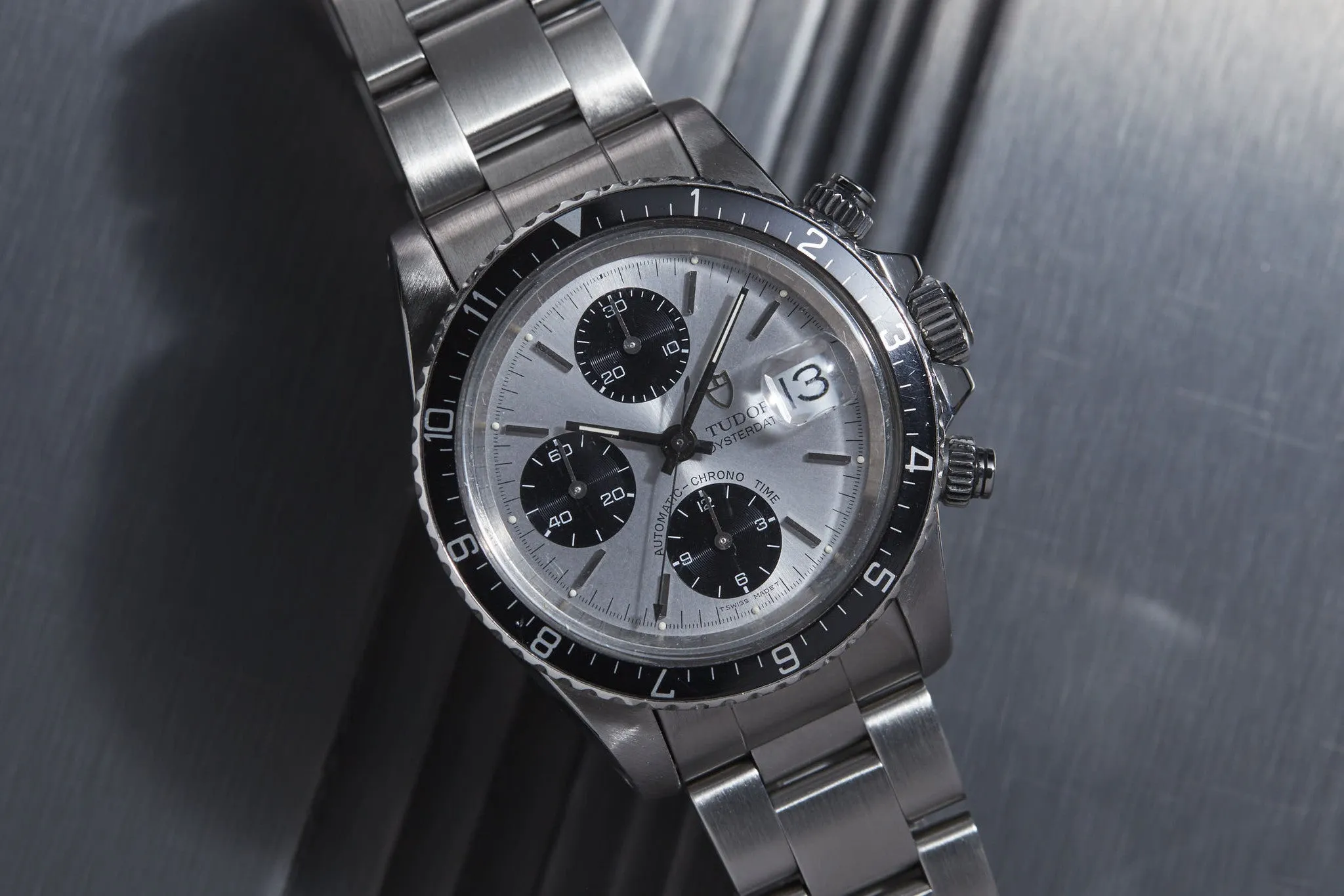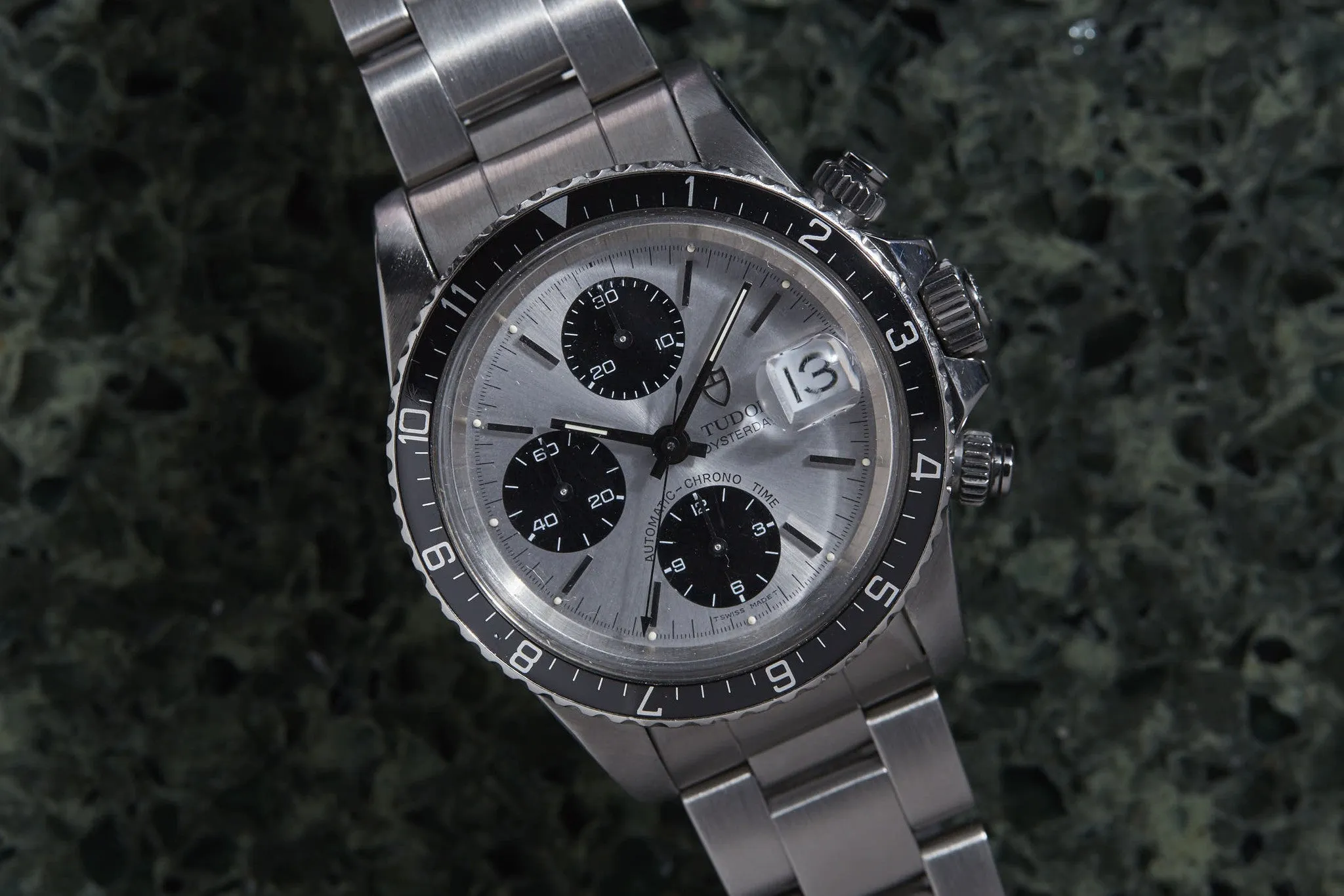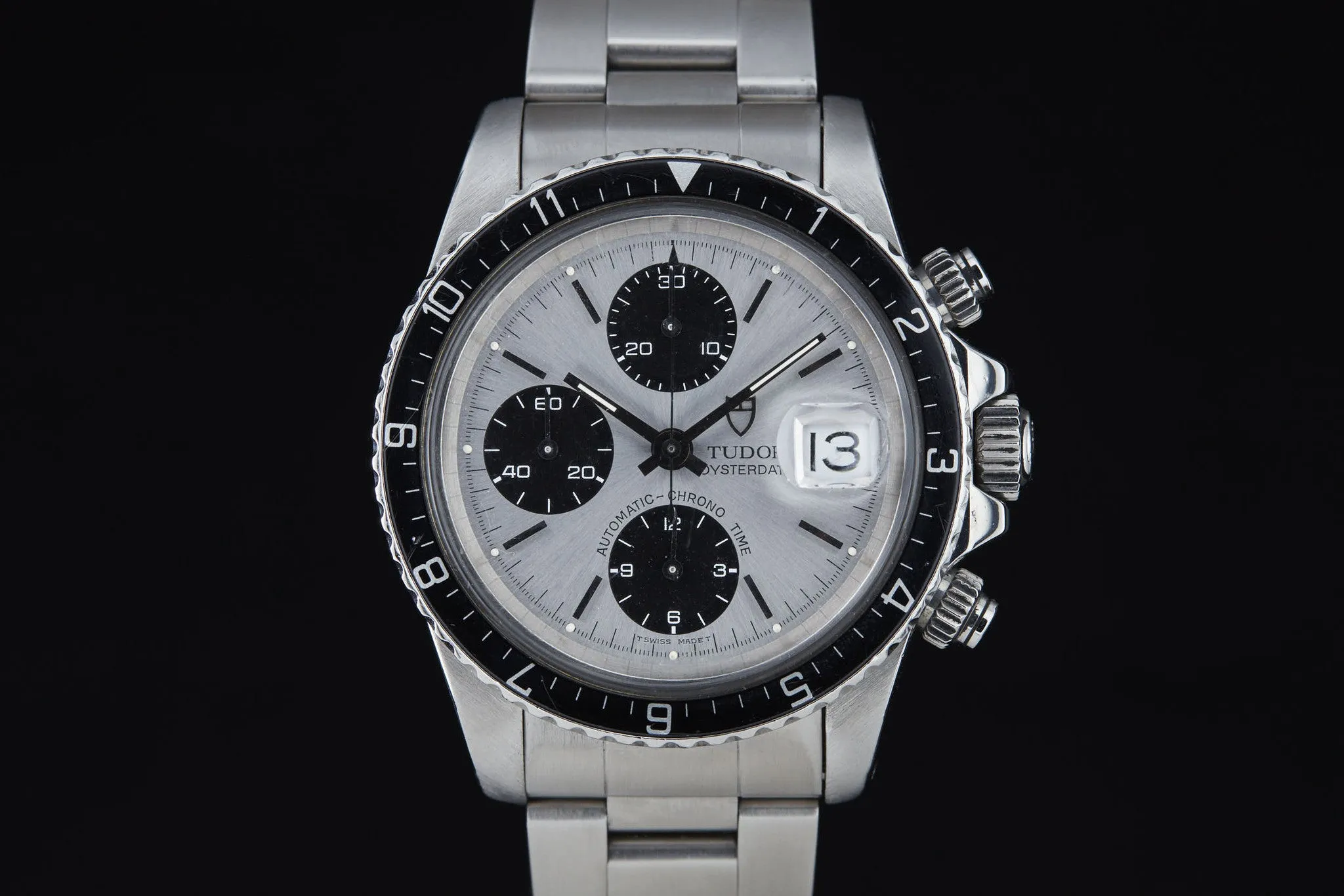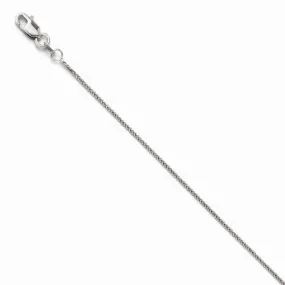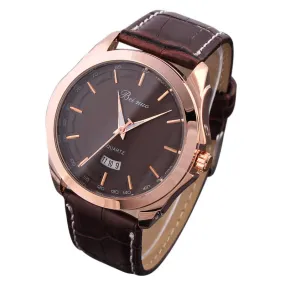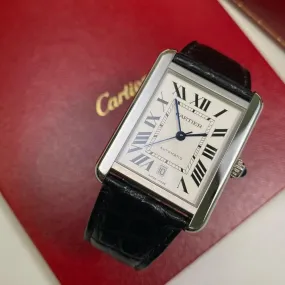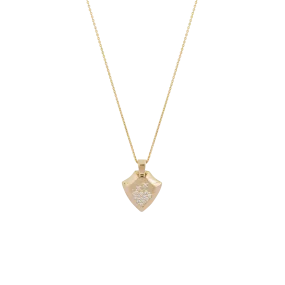After the game-changing introduction of the and the automatic chronograph movements in 1969, it seemed as though every brand rushed to produce an automatic chronograph of their own. Heuer (along with partners Hamilton, Breitling, and Buren) were more than keen to share their creation within the Swiss watchmaking community. Zenith, protective of their El Primero movement, were reluctant to offer it to competitors, only granting it to Tudor's parent company in 1988 for the Daytona.
Therefore, there simply wasn't an alternative to the Chronomatic or El Primero--that is, until 1974, when Valjoux introduced perhaps the most ubiquitous modern-day automatic chronograph movement: the Valjoux 7750.
Valjoux had long been a stalwart of the Swiss watchmaking industry. Brands from to relied on the column wheel caliber Valjoux 72, for example, which has become a byword for desirability in the mercurial vintage chronograph market. So it's no surprise, then, that Valjoux would produce an automatic chronograph movement of their own, a movement that (with its cost-saving construction) would prove a cheap and reliable alternative to the capricious Chronomatic and the elusive El Primero.
In the Rolex/Tudor stable, the Daytona commands a great deal of respect, remaining one of the most well-known and sought-after Rolex lines. But while Rolex was still filling their watches with hand-cranked units well into the 1980s (and didn't conceive of an in-house chronograph movement until ), Tudor was rolling out chronographs driven by automatic Valjoux drivetrains - a fact that is all too often overlooked when the conversation veers toward collectible vintage chronographs.
The 'Big Block', which was released in 1974, marked an impressive leap for Tudor, largely due to the introduction of the Valjoux 7750 Automatic movement. In addition to bringing the perk of self-winding technology to Tudor's popular line, the new drivetrain included an hour register and a quick-set date, features that made the watch more functional and more enjoyable to wear.
Initially, the Big Block collection had three main references, all bearing Rolex cases and bracelets. The Reference 79160 featured a fixed tachymetre bezel, the Reference 79170 a bi-directional hour bezel, and the 79180, which was fitted with a steel tachymetre bezel (reminiscent of the Daytona). Then, in the 1990s, Tudor made a huge leap in separating the Big Block from the Daytona aesthetically, with the introduction of the Reference 79260.
This expression of "Big Block," which we offer here, bears the designation "Prince Oysterdate" that marks the watch as a Rolex creation. Instead of the less radioactive SuperLuminova that marks the dial of the 79260, this one proudly bears "T Swiss Made T" at 6 o'clock, signifying the presence of tritium.
In excellent overall condition, this well-preserved example has become a favorite expression of the Tudor Big Block, offering a classic sporty look at a tremendous value - an amazing (and savvy) alternative to the Rolex Daytona.

 Cart(
Cart(